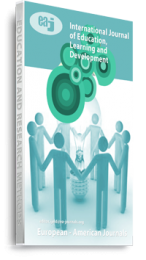The study sought to determine the effect of Multiple Intelligences Development Approach (MIDA) on students’ interest and achievement in physics. Two research hypotheses guided the study. The design adopted was a quasi-experimental, non-randomized control group pre-test-post-test design involving two groups (experimental and control). The sample comprised 100 senior secondary two (SS2) physics students in six intact classes from six secondary schools in Ukanafun Local Government Area of Akwa Ibom State selected through purposive sampling technique. In each of the six schools, a random stream was chosen. Three streams in the chosen schools were then randomly assigned to the experimental group and the control group respectively. Two instruments namely: the Haussler and Hoffman Interest Scale in Physics (HHISP) and the Achievement Test in Physics (ATP) were used in collecting the pertinent data. The experimental group was taught sound concepts in physics using the MIDA while the control group was taught the same concept using the conventional (expository) approach. The students were exposed to treatment for four weeks. Data generated were analyzed using the Analysis of Covariance (ANCOVA) and decision made at 0.05 level of significance. The results indicated that the MIDA was significantly more effective in promoting students’ interest and achievement in physics over the conventional approach. Based on these findings, conclusions are drawn and implications for educational practice suggested. Some recommendations were made, among which was that the use of MIDA should be encouraged in the teaching and learning of physics at the senior secondary school level.
Keywords: Multiple Intelligences Development Approach (MIDA), Students’ Achievement, Students’ Interest

